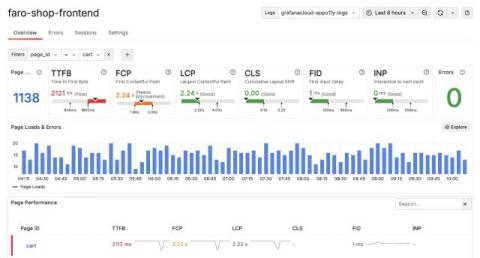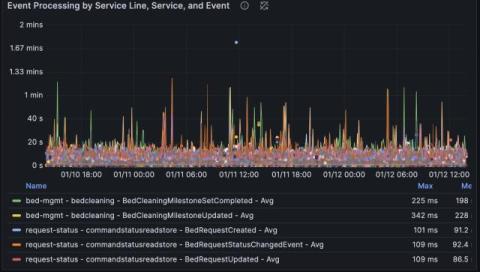How to quickly gain operational insights using Grafana Cloud monitoring solutions
Grafana Cloud is the easiest way to start collecting and visualizing your telemetry data. With the fully managed, cloud-hosted platform, even novice observability practitioners can get up and running right away — and Grafana Cloud integrations are a big reason why. In this blog post, we’ll dive into the details of Grafana Cloud integrations, including what they are, the kinds of insights they provide, and how Grafana Alloy plays a role.











